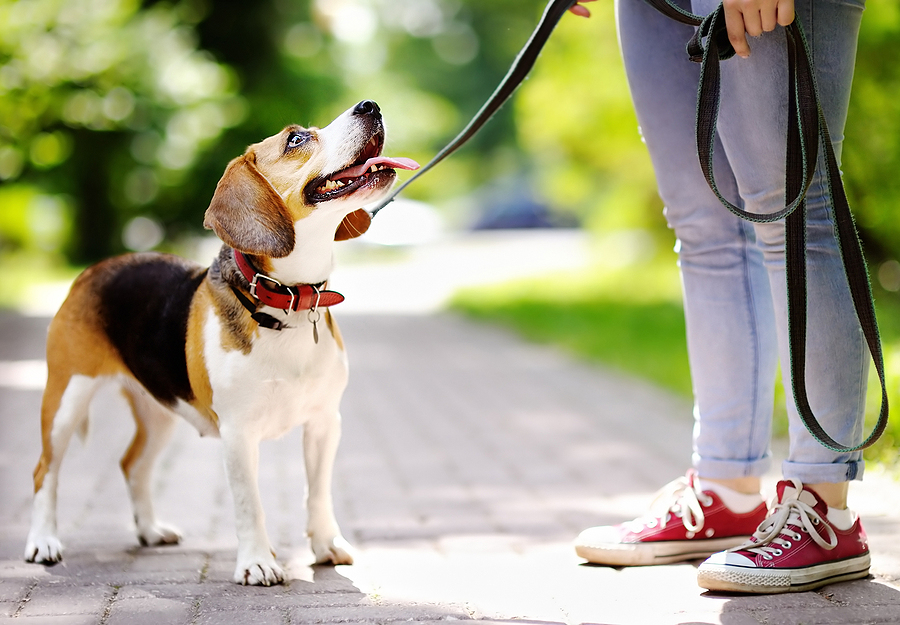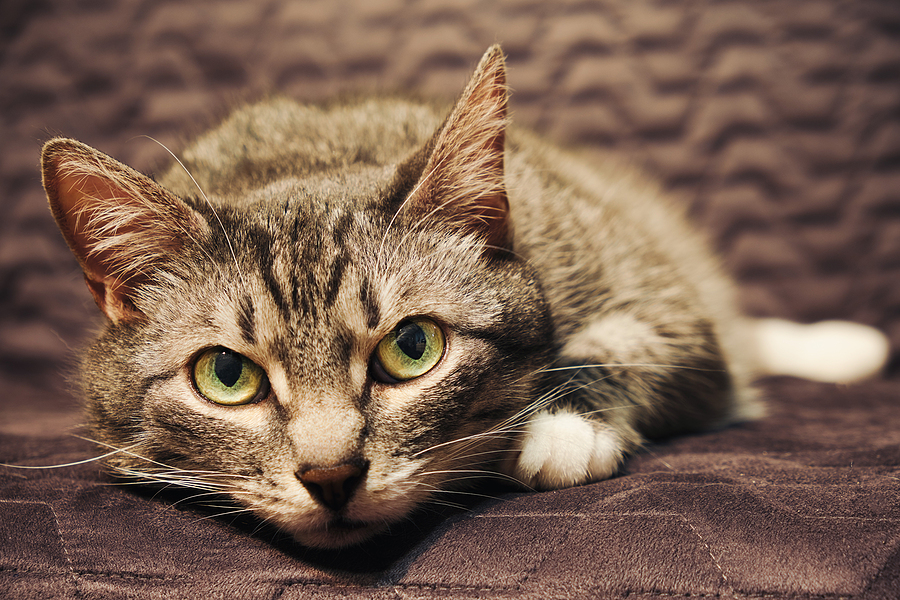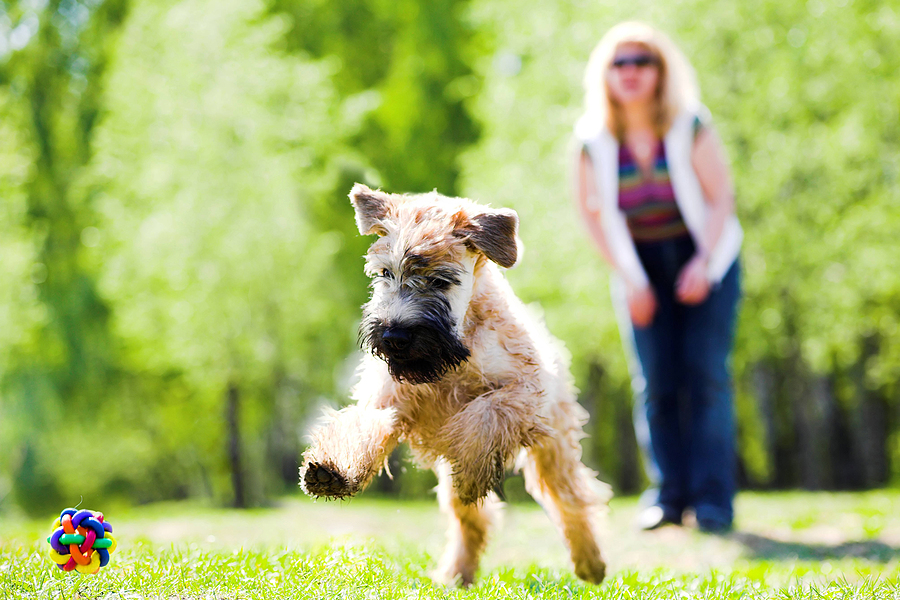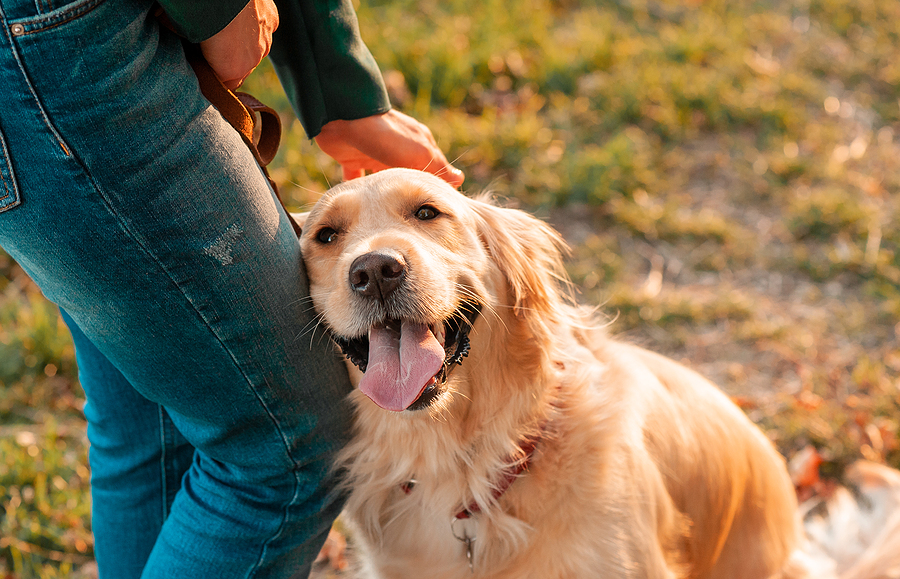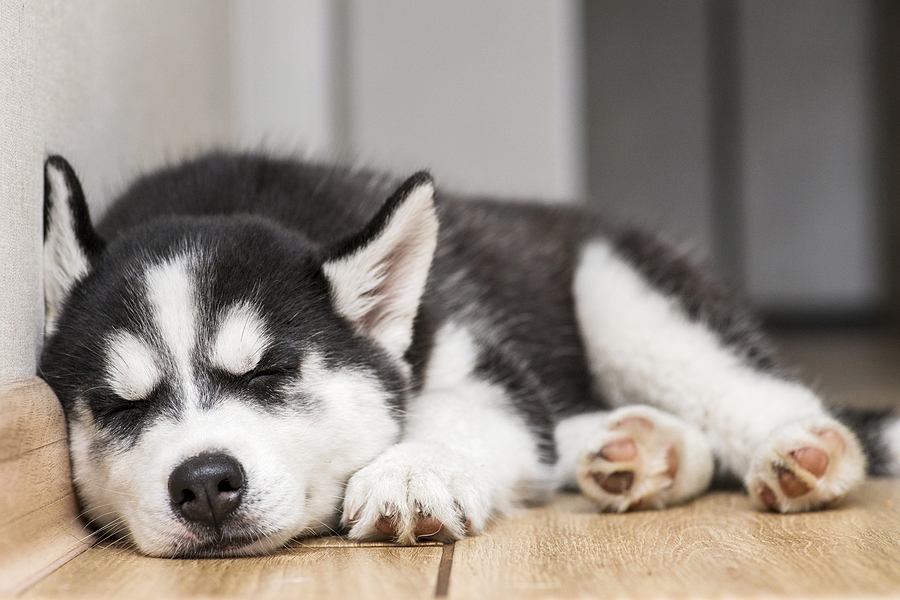It is an established fact that healthy dogs love to play. However, things can get out of hand when they decide to destroy your cat’s toys. Besides the fact that you will incur a lot of costs, it may cause health issues to the pets when the pieces are swallowed. How can you stop the destructive behavior? Well, here are some of tips to help you through:
- Invest in Either Big or an extra small dog harness
You are required to train a dog to stop destroying your cat’s toys. In the process, you must have a harness to help you remain in control. The product is better than a leash because it minimizes the pressure on the pet’s neck. It is also daunting for the dog to slip out of it.
When shopping for a harness, it is important to take your dog’s measurements. It must have a perfect fit for the dog to remain comfortable throughout the training. Further, the material utilized to make the harness must be soft yet durable.
- Reward the Dog for Good Behavior
During the training, you should give the dog a toy to play and observe its behavior. You should then offer rewards if it plays without destroying it. Use cues and gestures to indicate that you are displeased with the destructive behavior. At the same time, you must avoid punishing or frightening the pet regardless of its choices.
It is also worth trying to redirect the dog’s activities when you realize that it is overly possessive of a toy. For instance, you can encourage it to run in the yard every time it starts to play with it. It will eventually lose interest in the toy.
- Find Other Activities for the Dog
A dog is likely to destroy your cat’s toy when bored or idle. It is hence important to engage the pet in other playful activities such as walking and chasing balls. You can also buy bones on a regular basis so that the pet can satisfy its need to chew items.

two dogs hugging together for a walk. Pets in nature. Cute border collie in a field in colors. St. Valentine’s Day. love story
- Buy Strong Toys
Ensure that your cat’s toys are strong enough to last for ages even after being thrown in the yard and constant bites. They must also be large to make it daunting for the pet to chew and swallow them.
- Keep the Toys Away
Depending on the amount of space in your home, you can store toys in places where the dog cannot access them. This will work well if the pet sleeps and plays in different places. You can place the toy in cat’s sleeping area and ensure that the dog is restricted from the space.
Notably, a dog will face a separation anxiety if you suddenly take away the toys. It is advisable to remove the toys gradually. You can make it available once or twice in a week before finally storing it away from its reach.
- Rule Out all Medical Issues
Medical issues can cause cats and dogs to chew and scratch items. They may be overly active when they have mental issues. Accordingly, you may want to invite a veterinary over to your home to rule out the possible complications.
- Make the Toys Unappealing
A dog will avoid toys that tend to have a smell and a taste that they do not like. Also, you can make the surfaces rougher because the pet’s paws are highly sensitive. Even so, the scent must not be too strong to the end that it causes allergies and other respiratory issues.
All in all, you can stop your dog from destroying a cat’s toys and other materials in a space through proper training. You must be available to observe its behavior and thus take the necessary measures.
Site Disclaimer
The Content in this post and on this site is for informational and entertainment purposes only. You should not construe any such information or other material as legal, tax, investment, financial, or other advice. Nothing contained on our Site constitutes a solicitation, recommendation, endorsement, or offer by HII or any third party service provider to buy or sell any securities or other financial instruments.
Nothing in this post or on this site constitutes professional and/or financial advice. You alone assume the sole responsibility of evaluating the merits and risks associated with the use of any information or other content in this post or on this site.
You recognize that when making investments, an investor may get back less than the amount invested. Information on past performance, where given, is not necessarily a guide to future performance.
Related Categories: Pets & Animals, Products, Reviews



